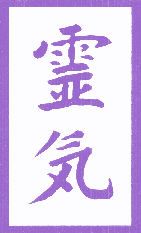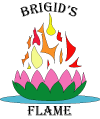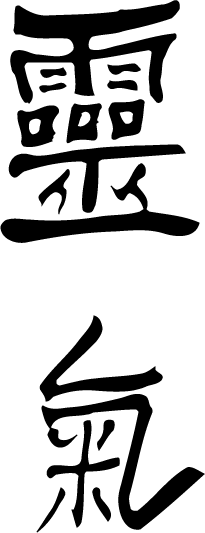
EASTERN AND WESTERN
As with martial arts, reiki seems to have fallen under the "westernization syndrome", that is, an adoption in North America and Europe (the western world) of foreign, usually eastern or Oriental ideas, but with teachings that only scratch the surface of the originating idea. For example, martial arts is often taught in the western world without the spiritual focus. While it is possible to teach martial arts in this way, it often leaves much to be desired and there is also the danger of the student not fully understanding the martial art. In essence, a student is only studying the mechanics, the process, but not the substance of what truly comprises a martial art. This seems to be what has happened to reiki in the years since it was first brought to North American society and, consequently, to Europe. While I'm sure it was not the intention to lose the spiritual, the substance of what is reiki, this seems to be what has happened. Granted, the substance of reiki may have been left out intentionally in order to be able to teach reiki as quickly as possible; however, it is now time to add that substance back to reiki as it is currently taught in the western world. This is a likely explanation for the increasing interest in how reiki is practiced and taught in the Eastern world, primarily in Japan. It is also not very surprising then that traditions of reiki can be divided into Western and Eastern traditions, where Eastern traditions primarily consist of Japanese reiki. Thus, it appears that the Usui-Hayashi-Takata line is considered to be Western reiki (this includes North and South America and Europe). Basically, what we have is a division between Japanese reiki traditions and all other reiki traditions. It is also possible that Japanese reiki traditions were brought to Europe prior to Europe receiving knowledge of Takata lineage of reiki.
While I will not make an attempt to list off the many different reiki traditions, I feel it important to mention two of the Western traditions. The first is the tradition governed by the Reiki Alliance called Usui Shiki Ryoho. This is probably the most common name for reiki in North America. However, it should be made clear that although the tradition carries the name Usui, it does not necessarily mean that the practices are Usui. They are Usui-Hayashi-Takata, comprising a blend of what those three individuals brought to reiki. The Reiki Alliance acknowledges Phyllis Furumoto as its "Grandmaster" of reiki, even though Usui never created "Masters" in reiki. Phyllis Furumoto is the granddaughter of Hawayo Takata, and she claimed to be the lineage bearer after Takata's death. This was the outcome of a dispute amongst the reiki community in the early 80s, sparked by a claim by Barbara Weber Ray that Takata designated her to be the "grandmaster" of reiki. Apparently, a meeting was held amongst the current members of the reiki community and the majority voted that Phyllis Furumoto be the lineage bearer. Perhaps they mistakenly thought they would preserve Japanese reiki traditions in this manner. It is now known that many of the traditions implemented by Takata were not Usui traditions. After Furumoto assumed the title of "Grandmaster" of reiki, Barbara Weber Ray decided to go her own way and eventually created the Radiance Technique, which can be considered the second Western reiki tradition.
Between the Reiki Alliance, the Radiance Technique, and the plethora of Japanese traditions, it is a challenge to determine what are truly original Usui teachings. People are now studying Japanese techniques and making contact with Japanese reiki practitioners in order to learn more about reiki's modern origins. However, even with these efforts, it may still be difficult to be sure that what is practiced now in Japan is what Usui originally taught. Perhaps we may never know. However, I'm of the opinion that it never hurts to learn new techniques and see what works well with each individual. I am particularly interested in the Japanese traditions and would like to see more of it brought to Western traditions. I do not think that Usui intended to pass down a rigid set of mechanics and techniques in order to practice reiki. After all, he encouraged his students to develop their own ki and use byosen (scanning) in their treatments. I do think that is truly at the heart of reiki - to be able to develop individually and use reiki effectively. The substance of reiki can be said to be the understanding that reiki cannot be confined to a set of mechanics and techniques, but it must be allowed to flow freely. It is unfortunate that there are people who do not view reiki as a spiritual practice when indeed it is. However, reiki does not conform to one set of spiritual beliefs or practices, which is why it should not be confined and must be allowed to flow freely.
Copyright C.J. Chow November 2004

